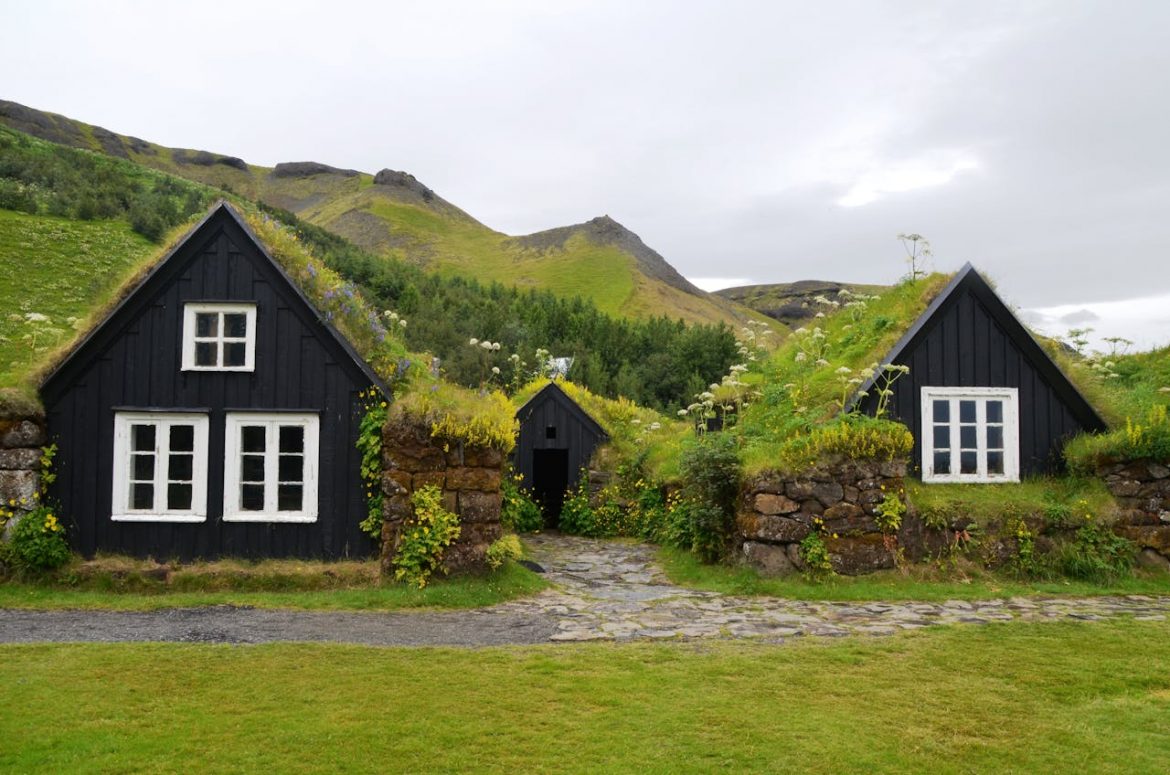In recent years, the real estate market has seen a significant shift towards sustainability, with eco-friendly homes becoming increasingly popular among buyers and builders alike. These environmentally conscious homes are designed to reduce their ecological footprint by utilizing sustainable materials, energy-efficient systems, and innovative design. This article explores the growing trend of eco-friendly homes, their benefits, and what makes them an attractive choice in today’s real estate market.
Understanding Eco-Friendly Homes
Eco-friendly homes are built with the environment in mind, aiming to minimize the impact on the planet while providing a healthy and sustainable living space for occupants. These homes incorporate green building practices, renewable energy sources, and efficient waste management systems to achieve this goal.
Key Features of Eco-Friendly Homes
- Sustainable Materials: Use of renewable or recycled materials for construction and finishes.
- Energy Efficiency: High-efficiency appliances, solar panels, and smart home technologies to reduce energy consumption.
- Water Conservation: Low-flow fixtures, rainwater harvesting systems, and drought-resistant landscaping to minimize water use.
- Indoor Air Quality: Use of non-toxic paints and materials to improve indoor air quality and occupant health.
Benefits of Eco-Friendly Homes
Environmental Impact
By reducing energy and water consumption, eco-friendly homes contribute significantly to the conservation of natural resources and reduction of greenhouse gas emissions.
Cost Savings
Although the initial investment may be higher, the long-term savings on utility bills and maintenance costs make eco-friendly homes economically advantageous.
Healthier Living Environment
The use of non-toxic materials and improved air and water systems contribute to a healthier living environment, reducing the risk of health issues related to indoor pollutants.
Increased Property Value
As demand for sustainable living options grows, eco-friendly homes often enjoy higher property values and marketability compared to traditional homes.
The Growing Demand for Eco-Friendly Homes
Consumer Awareness
Increased awareness of environmental issues and a growing interest in sustainable living have driven the demand for eco-friendly homes in the real estate market.
Government Incentives
Many governments offer incentives, such as tax breaks and subsidies, for building or retrofitting homes with eco-friendly features, making them more accessible to a broader audience.
Technological Advancements
Advancements in green technology have made it easier and more cost-effective to incorporate eco-friendly features into homes, further fueling their popularity.
Challenges and Considerations
Upfront Costs
The initial costs of building or retrofitting an eco-friendly home can be higher than those of a conventional home, though this is often offset by long-term savings.
Availability of Materials and Services
In some regions, finding sustainable materials and skilled professionals experienced in green building can be challenging.
Regulatory Hurdles
Navigating building codes and regulations tailored to traditional construction methods can pose challenges for eco-friendly home projects.
Tips for Buying or Building an Eco-Friendly Home
Research and Planning
Thorough research and careful planning are essential to ensure that your eco-friendly home meets your environmental and living needs.
Professional Guidance
Seeking the expertise of architects, builders, and consultants specialized in green building can provide valuable insights and help avoid costly mistakes.
Prioritize Key Features
Determine which eco-friendly features are most important to you and prioritize them in your project to maximize your investment and environmental impact.
Consider the Future
Think long-term about how your eco-friendly home will adapt to your changing needs and how its features will remain relevant and effective in the years to come.
Conclusion
The rise of eco-friendly homes in the real estate market reflects a broader shift towards sustainability and environmental responsibility. These homes offer numerous benefits, from reducing ecological footprints to providing healthier living spaces and long-term financial savings. While challenges exist, the growing demand and advancements in green building technology are making eco-friendly homes an increasingly attainable and attractive option for many. As we continue to face global environmental challenges, the importance of embracing sustainable living practices, including eco-friendly homes, will only grow, paving the way for a greener, more sustainable future in real estate.
